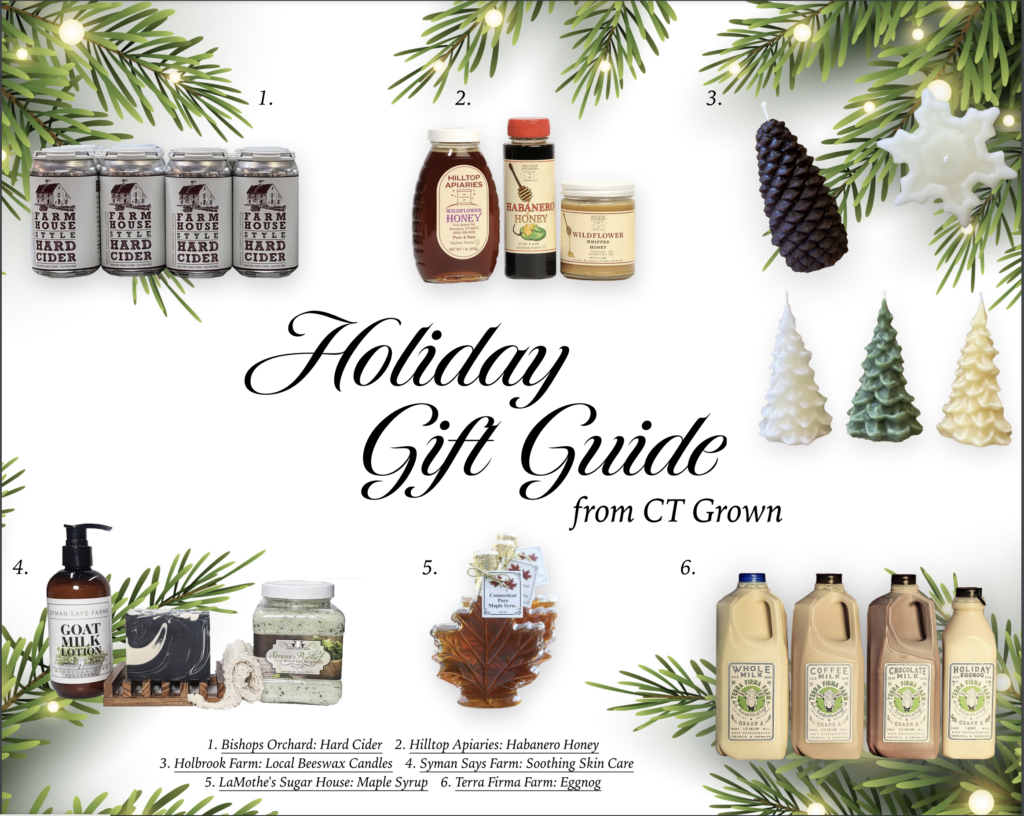Dappled sunlight.
Distant laughter.
The unique rustle of cornstalks in an early autumn breeze.
We wait all year for the annual tradition of corn mazes and every year, CT Grown farms deliver the best experiences for families from throughout New England.
This year, more than ever, our farmers are ready to welcome familiar faces and first-time visitors to mazes that are as unique as the farms hosting them. From trending cartoon characters to iconic symbols of agriculture, there are many options for getting lost for an afternoon far from the distractions of technology.
For many farms, the corn mazes are just the beginning of the fall fun. Find your way to the nearest exit by following the smell of popping kettle corn, freshly baked cider donuts or the sound of wine bottles uncorking.
“We know that families are seeking to spend the greater part of their day when they come to our corn maze,” shares John Lyman of Lyman Orchards in Middletown. “Whether we are discovered for the first time, or the location of choice for generations, every year we seek to add to our offerings so every guest feels like it’s their first visit.”
Just how do Connecticut farmers create these complex mazes in the first place?
Well they plan far, far ahead. Once an idea or theme is resolved, the design is then sketched out using a computer program, or on graph paper. By setting up a grid system or using GPS, the maze paths are then outlined and marked in the field.
Corn mazes begin to take shape in mid-summer, when corn sprouts are just starting to grow. The paths are mowed and then raked, weeded, and covered with straw or other bedding to ensure the maze retains the desired shape.

The process takes so much effort that there are companies that specialize in corn mazes — working with farmers to design, build and help promote the finished product.
Speaking of products, nothing goes to waste at your favorite corn maze. When the season concludes, the corn is picked, ground up, and turned into livestock feed. Stalks are plowed under to fertilize the soil and support next year’s maze.
What should you know about visiting a CT Grown Corn Maze?
There is often a modest entrance fee to enter a corn maze — covering the year-long costs of growing and creating the fun.
Before you go, it’s a good idea to check the farm website or social media for information on hours, weather conditions, and advice on how old children should be to attempt the maze. Most farms offer refreshments, so the only thing you’ll need to bring with you are comfortable shoes and maybe sunscreen for a bright day.
For some great resources about the best corn maze options in Connecticut, visit the official website for Connecticut Tourism: ctvisit.com and search “corn mazes.” There you will find all you need to get lost.
CT Grown corn mazes — it’s a way of life.

Brace yourself, parents. The whirlwind school day mornings are almost here.
School days are often accompanied by a mad scramble to make sure your kids have everything they need, and that they haven’t somehow tied their shoes together. It’s tempting to hasten the process of preparing a lunch by simply throwing a few packaged items together. However, this can often result in a meal that’s lacking in healthy nutrients and high in fat, sodium, and added sugar.
What’s a good balance for a school lunch? The USDA’s MyPlate program recommends that half of a lunch plate be dedicated to fruits and vegetables, one-quarter to grains, and one-quarter to protein, with a modest amount of dairy also allowed.
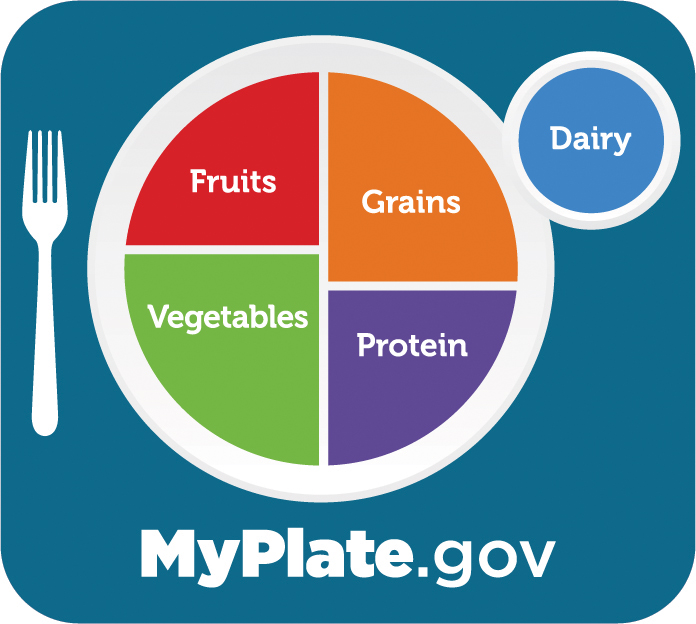
Some healthy lunch and snack options include:
- Turkey pita wraps: Pita pockets make this recipe a snap. Just stuff in an array of healthy ingredients, including turkey, grapes, greens, and apple for a delicious midday meal!
- Mini quiche: A terrific, compact lunch that can be prepared in a muffin tin. This simple recipe combines potatoes, greens, and cheese, and can be prepared in bulk to simplify a week of meals
- Yogurt parfait with fresh fruit: This beautiful layered mixture of yogurt, granola, and fruit makes for a perfect snack. Choose your favorite fruit options, such as peaches, blackberries, or blueberries
- Cinnamon apple chips: Ditch the salty chips and try this recipe instead. An hour of baking time yields a yummy snack for your young scholars!
Tips for preparing a healthy lunch
Feeling pinched for time? Coping with picky eaters? These tips might help:
- Get started the night before: Sliced fruits and vegetables are an easy lunch side, but trying to cut them up before the bus arrives can be a stressful process. Get started the night before so your child’s lunch is ready in the morning.
- Involve the kids: Invite your kids to participate in preparing their lunches, including washing fruits or vegetables and chopping them up if they’re old enough to use a knife. You can go farther by enlisting their help in picking out healthy foods at the grocery store, taking a pick-your-own adventure to a Connecticut farm, or finding food options at farmers’ market.
- Have fun with it: Miniature cookie cutters let you prepare fruits and vegetables in creative ways. Chopped fruits and vegetables also make useful artistic materials for creating faces, animals, and other surprises that will delight your child when they open their lunch box.
- Invest in organizers: Instead of a lunch box or brown paper bag, consider an organizer that helps you organize the meal. This bento box approach helps keep foods separate and minimizes the chances of a smushed meal, which is more likely to go uneaten
Nutrition in Connecticut schools
For many years, Connecticut’s schools have stressed the importance of proper nutrition. USDA school nutrition programs are administered through the Connecticut State Department of Education, and foodservice professionals in schools develop menus designed to meet or exceed USDA dietary guidelines.
Students can enjoy breakfast and lunch options, along with healthy snack options and programs that offer fresh fruit and vegetables. Parents can look up more information on these options on school websites, which often contain additional information such as the calorie count of each meal.
In addition, Connecticut’s Farm-to-School Program educates students on gardening in nutrition while highlighting the importance of fresh, locally grown produce. Earlier this year, 13 school districts and educational partners were selected to receive Connecticut Grown for Connecticut Kids grants to support infrastructure improvements, experiential learning, farm-to-school planning, and pilot programs to support the purchase of CT Grown products for schools.
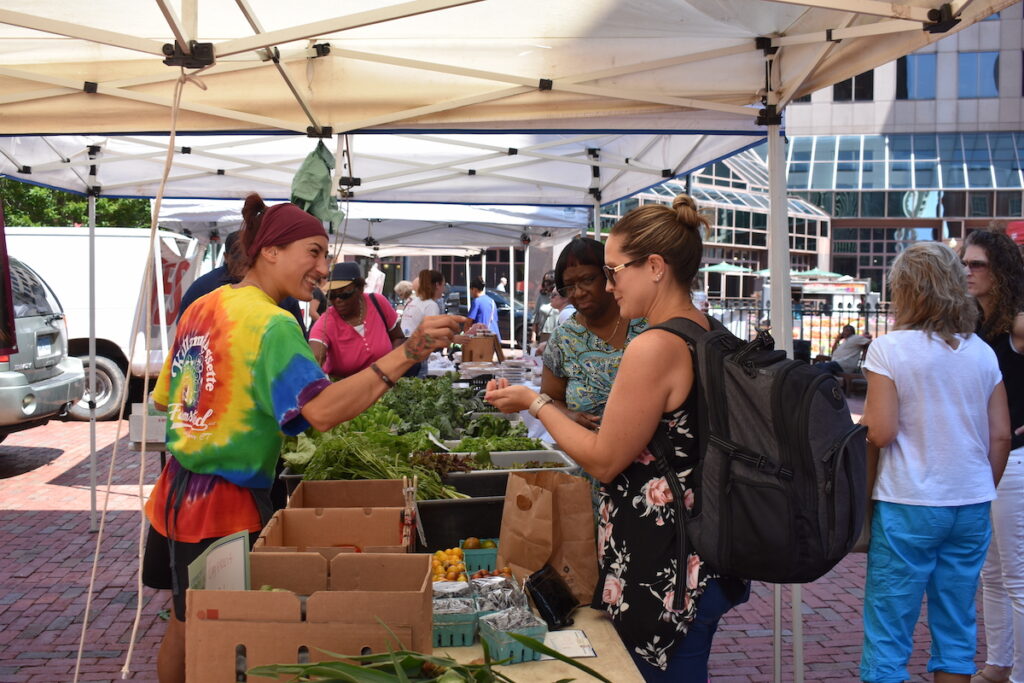
Celebrate Farmers’ Market Week and Support Your Local Farmers
It’s officially National Farmers’ Market Week (Aug. 7-13), the 32nd annual celebration of our farmers and the vital role farmers’ markets play in our food system.
There’s no better time to visit your local farmers’ market — not only to support the farms in your community — but to also enjoy local, fresh and healthy foods and high-quality products available at affordable prices. And with more than 100 certified farmers’ markets and farm stands located throughout Connecticut — you are sure to find a great farmers’ market right in your community.
“Connecticut’s farmers’ markets are a collective effort fostering direct-to-consumer sales, reinforcing the farm to plate connection, and providing a crucial entry point for new and beginning farmers,” said Agriculture Commissioner Bryan P. Hurlburt. “Farmers’ markets fuel local economies and provide increased access to nutritious, fresh CT Grown food for our most vulnerable populations.”
Farmers’ Market Nutrition Program Underway Through November 30
Need another reason to visit your local farmers’ market? Here’s one!
Farmers’ markets offer food nutrition programs — allowing consumers to stretch their food dollars with the purchase of fresh, locally grown farm products while supporting new and beginning farmers, as well as established producers.
The Farmers’ Market Nutrition Program (FMNP), administered by the Connecticut Department of Agriculture, received additional funding through the state legislature for eligible individuals to redeem checks at certified farmers’ markets or farm stands throughout the state. Eligible individuals include seniors over the age of 60 and women, infants, and children (WIC) who meet certain guidelines. Here in Connecticut, eligible WIC and Senior participants can receive up to $32.00 in Farmers’ Market Nutrition Program checks to purchase fresh Connecticut Grown fruits, vegetables, cut herbs, and honey. Newly added to the list of eligible items this year are eggs.
Many farmers’ markets also participate in the Supplemental Nutrition Assistance Program (SNAP) — some even offering double purchasing power. In 2021 alone, over $100 million in federal nutrition benefits were redeemed at farmers’ markets across the nation.
Check Distribution Sites
Find a Senior FMNP check distribution site
Check Redemption Sites
Find Senior FMNP authorized redemption locations
Recipe ideas using products from Connecticut farmers’ markets
Need ideas on how to incorporate CT Grown products into your home-cooked meals? Here are some great recipes that are affordable, easy to make, and of course, delicious! The best part, each of these recipes are centered around ingredients grown by Connecticut farmers, and available at a reasonable price.
Sauteed Green Beans with Garlic (Green Bean Market Price: $4.00/quart | Garlic Market Price: $5/head): Snap into a refreshing and zesty summer side dish with locally grown green beans — in season now!
Greek Stuffed Eggplant (Eggplant Market Price: $4.00/quart): Light, yet filling, Connecticut Grown eggplant is the centerpiece of some great healthy recipes — including this Greek inspired dish that can incorporate several other locally grown products (tomatoes, peppers, feta, etc.).
Kale and Peach Smoothie (Kale Market Price: $3.00/bundle | Peach Market Price: $5.00/quart): Healthy and refreshing, this recipe can be made using several locally grown products. Want to make a special treat? Freeze it and make smoothie popsicles — refreshing on a hot summer day.
A list of all certified farmers’ markets can be found at www.CTGrown.gov/farmersmarkets or visit www.CTGrown.org to access the interactive map to find a farmers’ market or farm stand near you.

Connecticut Agricultural Fairs — Where to Find the Fun
The transition from summer to autumn brings cooling temperatures, changing foliage, first days of school – and fairs!
Agricultural fairs — put on by dedicated agricultural societies, 4-H clubs, grange halls, and other organizations — are out in full force in Connecticut from mid-summer through October. These events have long been a Connecticut tradition; the Brooklyn Fair, first held in 1809 to promote “agriculture and local manufactures,” even boasts the honor of being the oldest agricultural fair in the United States!
While each fair has its unique charms, certain attractions can be found at almost every event. Stroll through the barns for an up-close look at horses, cows, sheep, and other animals. Enjoy delicious prepared food by various vendors and granges while perusing the exhibit halls and craft vendors. And, of course, you’ll always have the opportunity to climb aboard dizzying rides and win a giant stuffed animal at a game booth.
Fairs not only offer a chance for a fun day out, but also give you a chance to learn more about the state’s farms and agricultural producers. Visit our event calendar to find an upcoming fair near you!
A meal is supposed to taste better when you prepare it yourself. So the odds are it will be even more delectable if you harvest the food for it as well.
Summer is the prime time for “pick-your-own” opportunities at Connecticut farms. This activity lets you enjoy beautiful scenery, find fresh and delicious fruits, and peruse farm stands and stores for other mouthwatering CT Grown items.
As July 2022 winds down, many farms are reporting that peaches are ahead of schedule and ripe for the picking. There are also plentiful opportunities for blueberries and flowers, with pear season just around the corner.
Before starting your pick-your-own adventure, here are a few tips to make sure you have an enjoyable experience:
Check ahead
While our crop calendar offers a useful guide for what’s in season and when, it’s not set in stone. Factors such as the recent hot, dry weather and different cultivation methods may impact what’s available. Farms may also cancel pick-your-own activities due to inclement weather, or if more fruit needs to ripen.
Call ahead or check a farm’s social media channels for any announcements.
Understand container policies
Pick-your-own container policies differ from farm to farm. Some will allow you to bring your own containers, as long as they are pre-weighed before you start picking. Others only permit you to use containers provided.
Be respectful
Farm staff will tell you where to find fruits available for picking. You shouldn’t take fruit from any areas outside these places.
While it might seem like pick-your-own is a great activity to do with your dog, please leave Fido at home. Pets are not permitted since they can potentially cause harm to food, farm workers, customers, and themselves.
Only pick what you want to take home, and only take ripe fruit. Any fruit that visitors leave on the ground is lost profit for a Connecticut farmer.
We know it’s tempting to snack on fruits while you’re picking, but please avoid doing so. Eating in the fields is dissuaded due to health concerns and as a way of preventing potential theft.
Be safe
Finding the right fruit to take home can take some time, so you’ll want adequate protection from the sun. Wear sunscreen, a hat, and breathable clothes, and bring water so you stay hydrated.
You should also wear the proper footwear for working in the fields. Leave the sandals at home, and bring a reliable pair of closed toe shoes.
The first step to ensuring a healthier 2022 is finding a farm near you. Bookmark CTGrown.org in your browser for easy access to the freshest, healthiest meat, dairy, and produce. Farm shopping offers several services that make a convenient and delicious way to fill your fridge and freezer, including:
Curbside pickup
Community-supported agriculture (CSA)
Subscriptions
Home delivery
Community Supported Agriculture, or CSA, is a program through which customers buy shares to a farm’s product in advance, and receive a weekly, biweekly, monthly, or even quarterly supply of Connecticut Grown farm products While CSAs are traditionally run spring through fall with a focus on fruits and vegetables available, you can also find flower shares, winter CSAs or year-round options for meat and dairy products. Many CSAs are available in different sizes for different households, so whether you live on your own or have a large family, there’s an option for you. In addition to grocery staples like lettuce, tomatoes, etc., some CSAs sweeten the deal to include fresh-cut flowers and other items like farm-made honey or salad dressing.
Subscriptions are similar, but they tend to hone in on specific items (think wine clubs, cheese of the month etc) – while CSAs often feature seasonal produce or flowers. Your share can include an element of surprise featuring some of the more bountiful crops that season!
Other farms offer home delivery – some at no additional charge. And despite the cold, farming is always in season in Connecticut! CSA pickup is available at winter farmers’ markets and some farms even bring microgreens right to your door.
With CSA/subscriptions, a little effort goes a long way. Find a local farm, pick the subscription size for your household and get ready to enjoy the bounty of the season – month after month.
Find some near you!
CSA
Please note that some CSA’s open for enrollment in January – don’t miss out!
Syme Family Farm for fresh cut flowers
New Boston Beef (beef bundles)
Consider supporting a local farm and buy your seasonal share from flowers, dairy, proteins, and delicious vegetables.
Home Delivery
Farm to Table – coming soon!
Curbside pick up
Do we hear wedding bells in the distance? If you became engaged over the holidays, congratulations! Right now you’re probably just starting your to-do list. Wedding planning season ramps up in February so if you’re thinking about venues now, you’re way ahead of the game.
There are so many options to explore, but a farm venue is definitely worth checking out.
Consider these advantages:
- Scenery: Like, incredible scenery. Rolling hills, gardens of flowers, ancient trees, vineyards, ponds and streams, and wide blue skies.
- Space: Space for kids to run around; for the most lavish or most simple ceremonies; for chairs pitched around a bonfire and stories long into the evening. Space for parking, for lawn games, for both the ceremony and reception AND photos you’ll want to keep forever.
- Creativity: With nature as your stunning backdrop, everything else is just a gorgeous detail. Hang long strings of lights from the barn rafters or lanterns from the trees. Set your tables with overflowing flower arrangements or place a simple daisy in a glass near each plate. The magic of a farm setting lends beauty to the simplest or most elaborate decor.
- Privacy: With trees and fields as neighbors, you won’t have to stress about the kids laughing too loudly, or your cousins singing along with the band – off-key.
Get started! If you’re already giving serious thought to your setting – a rustic barn with green fields, a stone patio bordered by wildflower gardens, or a farm winery overlooking the ocean – visit CTGrown.org and search for “events.” And happy planning!
Tap on the image below to visit the featured Farm!
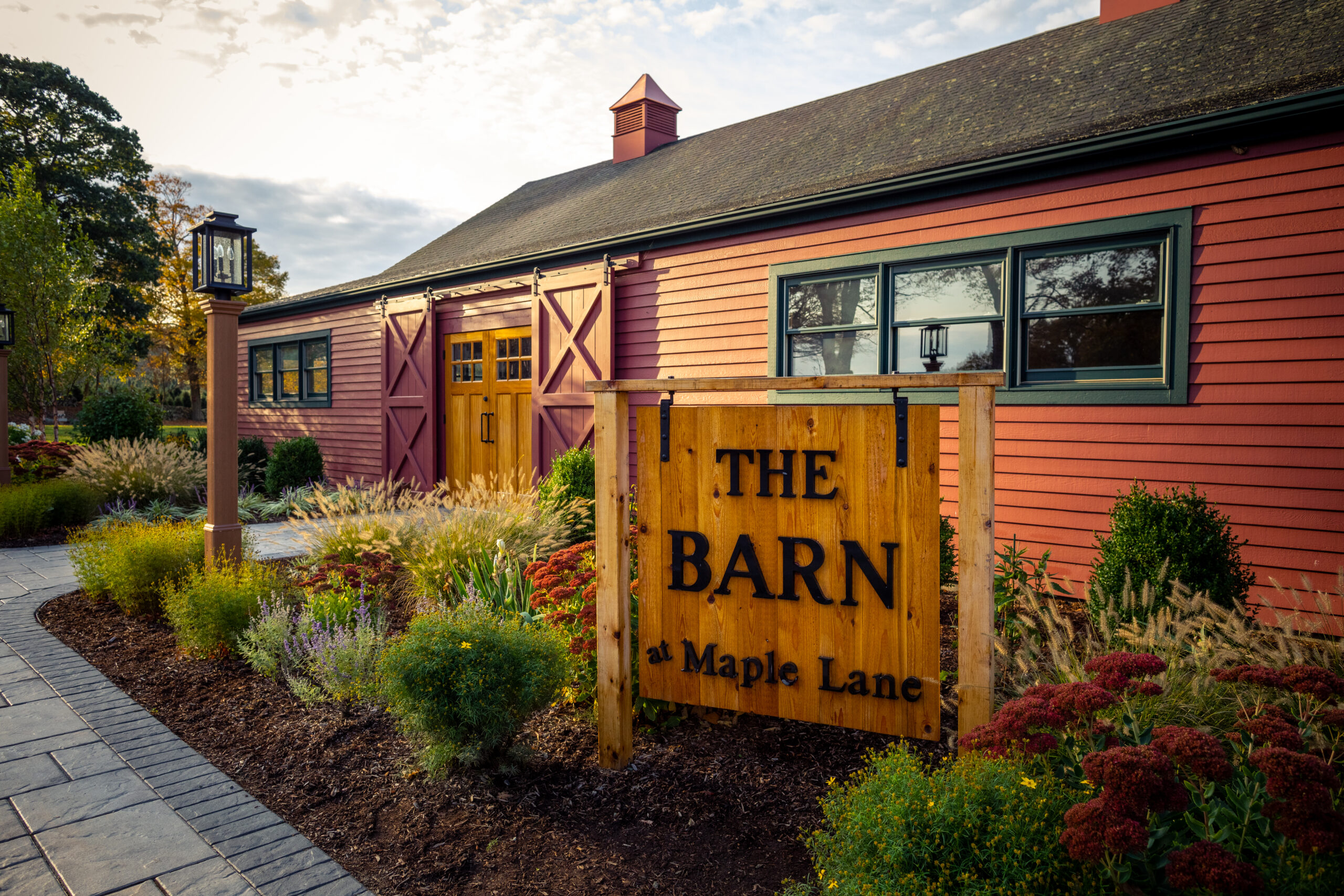

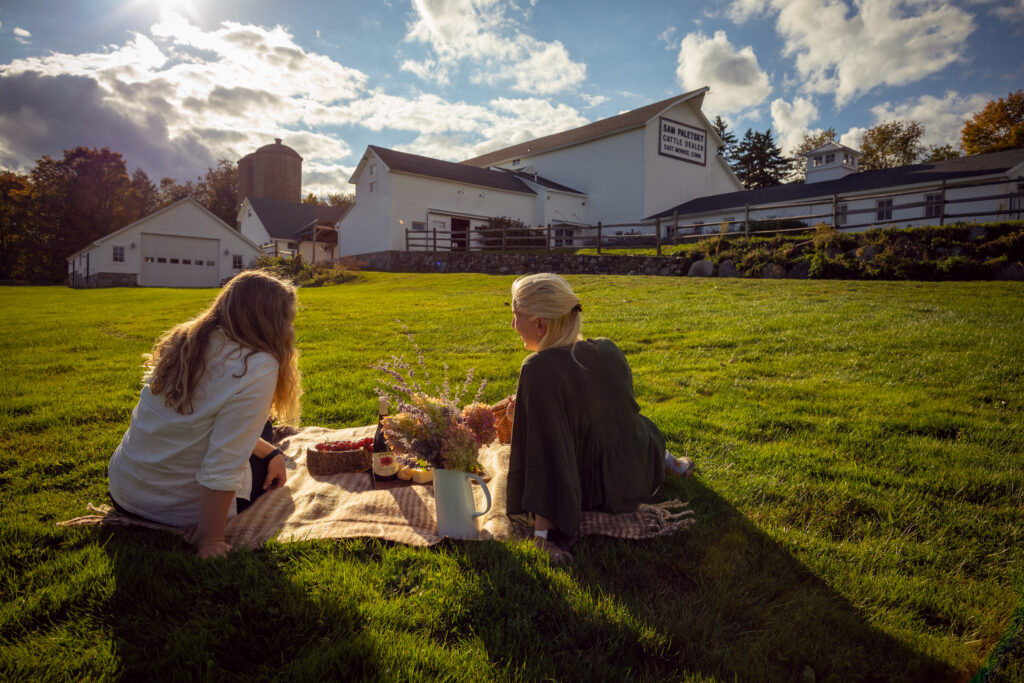
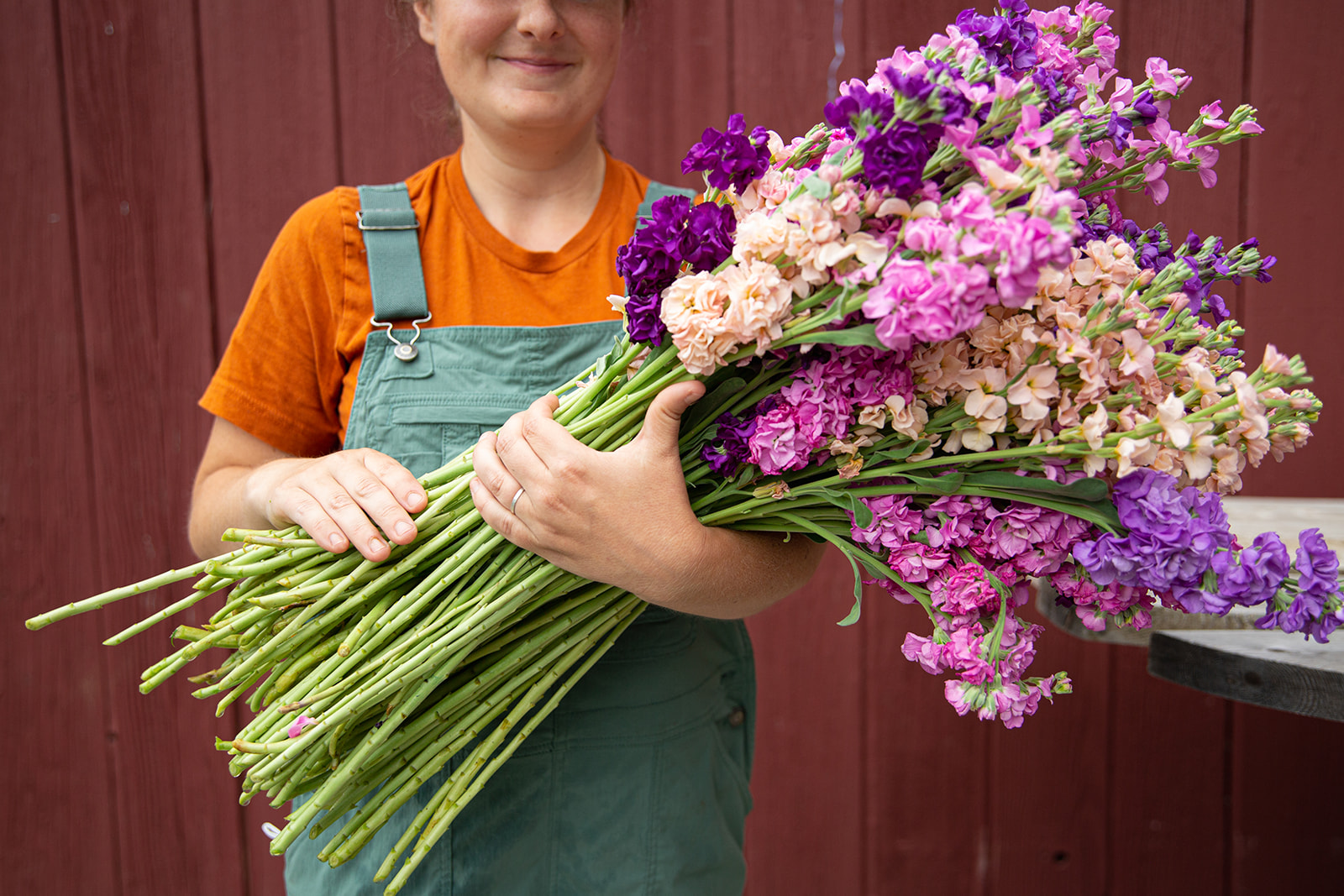


What’s the best way to keep cozy during a long, beautiful Connecticut winter? Soup, of course!
Soup is very easy to prepare and packed with nutrients. The best part is that once you get the hang of a recipe or two, you can improvise and make a hot, nourishing, filling meal out of almost anything in your pantry or freezer! The base of your broth can be beef, poultry, vegetables, coconut milk, cream – the options are seriously inspiring.

Knowing how to make a stock is – we daresay – a secret superpower. Not only is it the perfect starter for soups, sauces, rice, braises, homemade stuffing, paellas, casseroles; by itself it’s a hot cup of goodness on a cold night. The best part? This powerhouse recipe component is crafted from a few humble ingredients. Perhaps once, the sight of half a roasted chicken, some wilting celery, one carrot and an onion that’s longing to be put back into the ground might have – understandably – filled you with a mild despair. Now? You can make chicken stock! – gold, delicious, and sustaining. Stock freezes well too, so break out the big pot!
When you’ve polished your stock recipe and you’re ready to test drive it on a serious soup, check out this “absolutely ultimate” potato soup recipe. The base includes heavy cream and chicken stock AND bacon. Soups this rich should come with a warning, and this one sort of does! Kudos to the author for honestly noting that the dish is more of “a special treat” than a regularly scheduled meal. That said, there’s nothing like a hearty potato soup to warm you to your toes after a winter hike or a sledding spree. Pair this with a vigorous winter activity and you can forget the guilt.
Switching gears, it’s good to remember that food is food. You don’t need to be vegan to enjoy a scrumptious curried butternut squash soup, and recipes that are made for those with dietary restrictions are likewise creative and absolutely tasty. Here’s a great holiday recovery recipe for the health-conscious, loaded with turmeric – a famous anti-inflammatory – and cauliflower – packed with Vitamin C and great levels of vitamin B6 and magnesium.
As with any other meal, soup tastes best with the freshest ingredients. That’s where Connecticut farms are ready to help! Find potatoes, squash, chicken, carrots, celery, bacon, milk, cream, and many other ingredients at a farm or farmer’s market near you. Once you stock up on milk and cream, here’s a bevy of creamy soup recipes to brighten even the coldest afternoons. And the best part is knowing that buying direct from farmers supports local communities and helps to preserve Connecticut’s historic and scenic farmscapes.
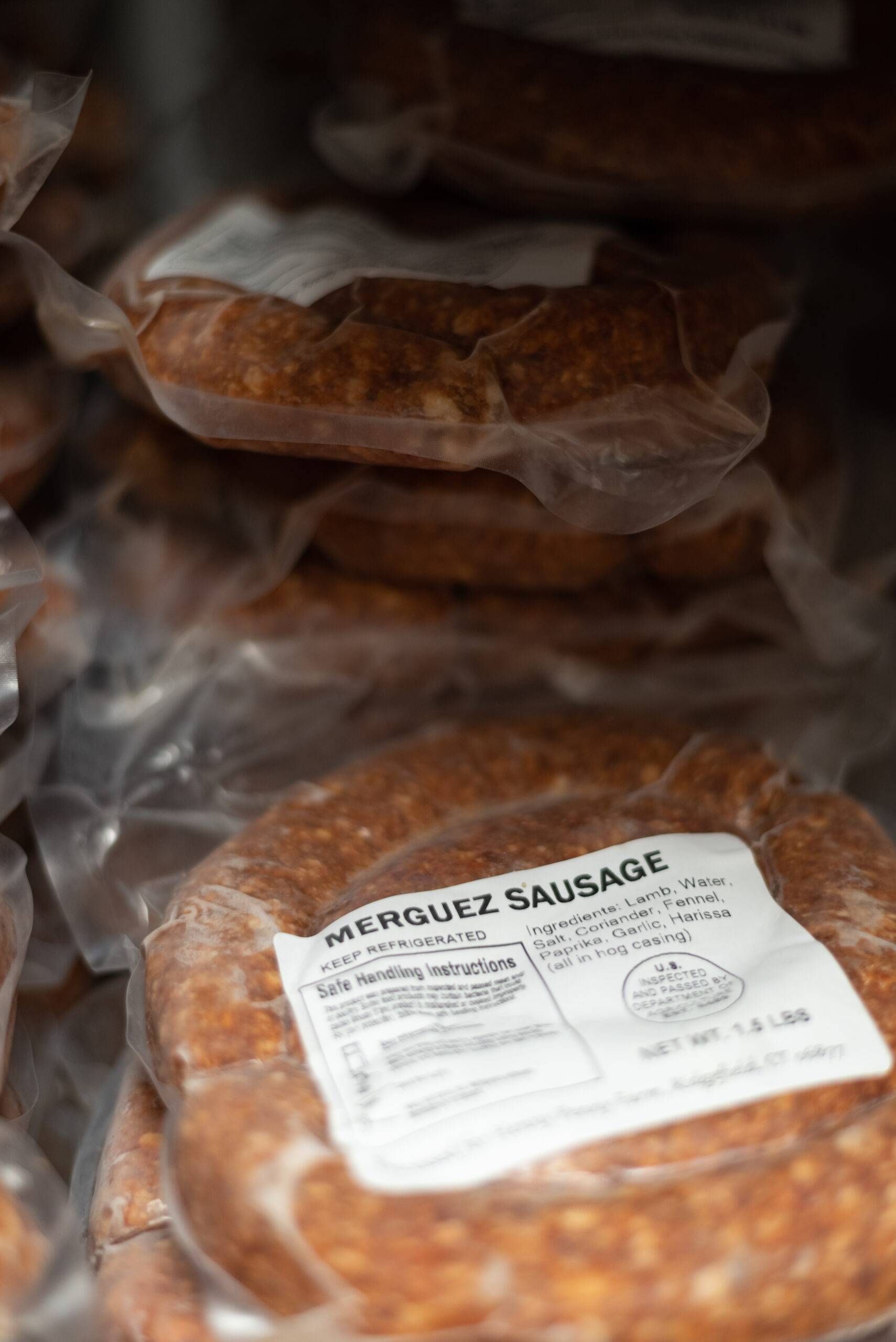

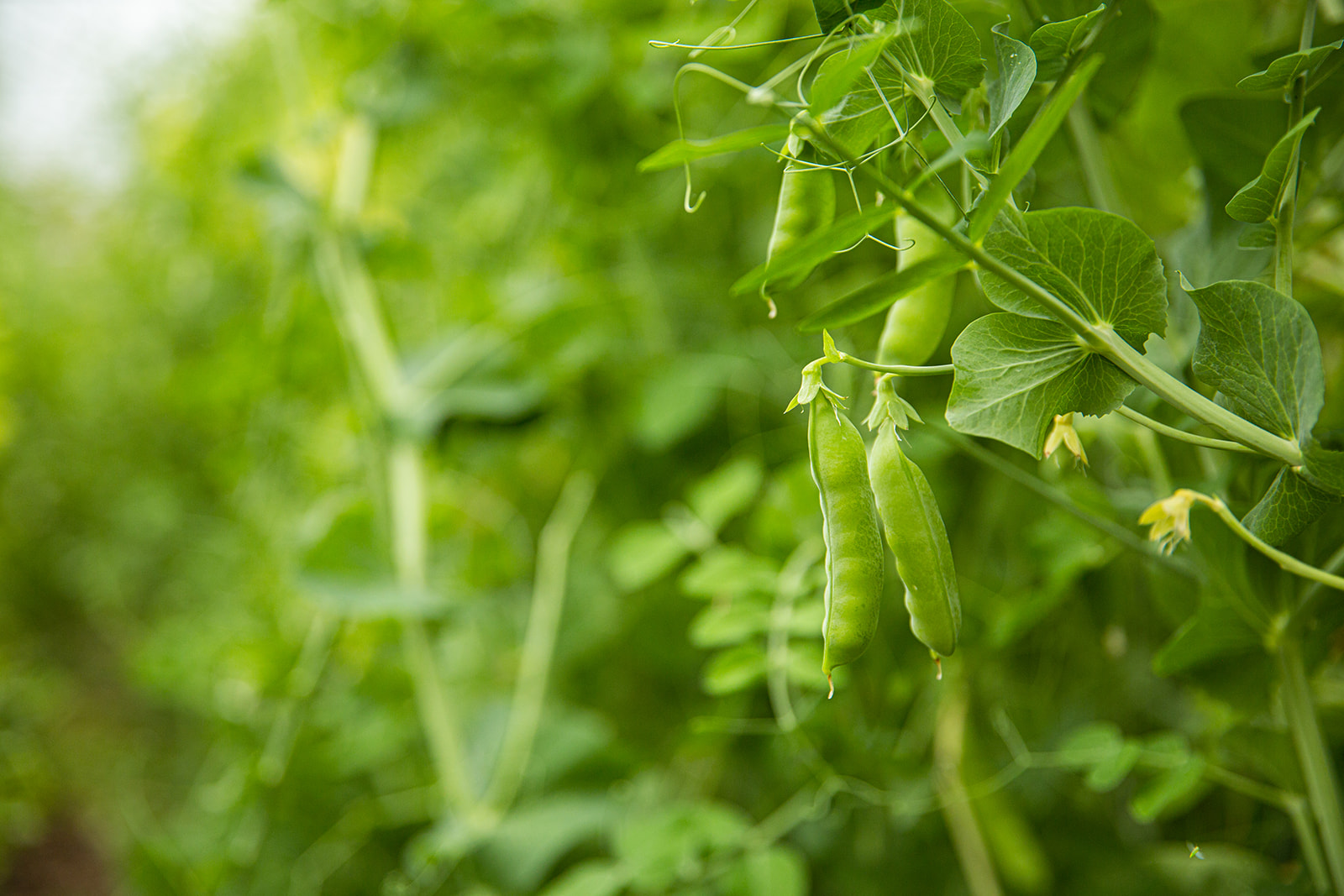
The first image is from Henny Penny Farm. The middle image is from Full Heart Farm. The right-hand image is from Stone Acre Farm.

